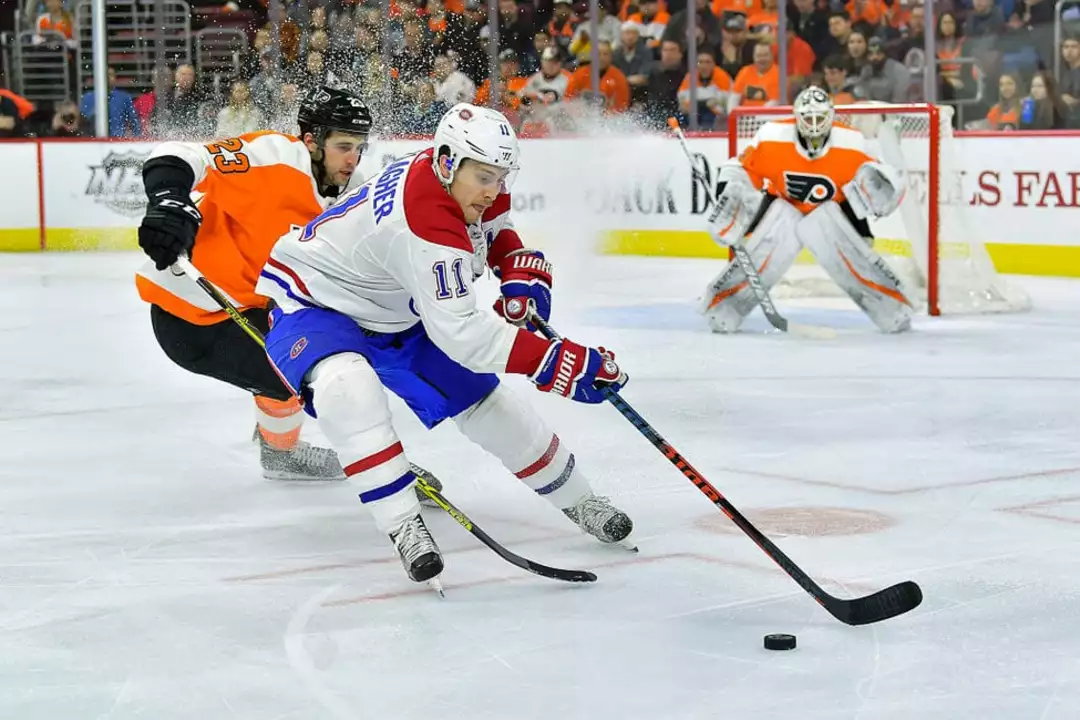Ice Tag – Your Quick Guide to Ice Hockey Basics
Ever wonder why the word ice shows up on our blog so often? It’s because ice hockey is one of the most exciting ways to use a sheet of frozen water. In the next few minutes you’ll get the low‑down on why the sport rolls with a puck, what each player does on the rink, and a couple of handy tricks you can try if you ever lace up a pair of skates.
Why Ice Hockey Uses a Puck, Not a Ball
Back in the 1800s a Montreal entrepreneur named James Creighton tried a few different objects on the ice. He finally settled on a small rubber disc – the puck – because it slides smoothly and stays low to the surface. A ball would bounce and roll, making it hard to control on slick ice. The flat shape also means the puck can be shot fast without wobbling, which keeps the game fast‑paced and thrilling.
Another bonus? The puck doesn’t damage the ice like a ball might. That means the rink stays in good shape for longer, and players get a consistent surface for their tricks and shots. So whenever you hear the clang of a slapshot, thank the humble puck for keeping the action clean and quick.
Player Roles and How They Work on the Ice
Ice hockey is a team sport, but each player has a specific job. The goaltender stays in the net, watching every shot and using quick reflexes to block the puck. Forwards – left wing, centre, and right wing – are the main goal‑scorers. They rush into the offensive zone, look for passing lanes, and try to get the puck past the goalie.
Defenders – left and right – focus on stopping the opposing forwards. They block shots, clear the puck from the defensive zone, and help start attacks by passing to the forwards. The centre also takes face‑offs and helps both in offense and defense, making them the most versatile player on the ice.
If you’re just starting out, try practicing the basic grip: top hand near the top of the stick, bottom hand down the shaft. Keep your elbows close to your body and use your wrists for quick flicks. This grip works for shooting, passing, and even lifting the puck over an opponent’s stick.
One practical tip for beginners: practice lifting the puck while standing still. Place the puck near the heel of your blade, snap your wrists forward, and watch it pop up a few inches. With enough reps you’ll be able to do the same while skating at full speed.
Whether you’re watching a professional league or just hitting the local rink, understanding why the puck is essential and how each player contributes makes the game more enjoyable. Next time you see a fast‑moving black disc whizz by, you’ll know exactly what’s happening and why it works the way it does.
